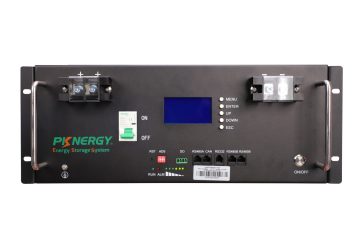Sheet metal fabrication is a process that involves cutting, bending, and assembling metal sheets to create a variety of products. Traditionally, this process was done using tools such as saws, shears, and punches. However, with advancements in technology, laser cutters have become a popular choice for sheet metal fabrication. In this article, we will explore the advantages of using a laser cutter for sheet metal fabrication.
Precision
One of the primary advantages of using a sheet metal cutter for sheet metal fabrication is the precision it offers. Laser cutters use a focused beam of light to cut through the metal with high accuracy. This allows for intricate designs and complex shapes to be cut with ease. The precision of laser cutting ensures that the final product is of high quality and meets the exact specifications required.
Speed
Another advantage of laser cutters is the speed at which they can cut through sheet metal. Traditional cutting methods can be time-consuming and labor-intensive, whereas laser cutting is a quick and efficient process. This increased speed not only saves time but also allows for higher production rates, making laser cutters ideal for large-scale manufacturing.
Versatility
Laser cutters are incredibly versatile and can be used to cut a wide range of materials, including different types of metals. This versatility makes laser cutters a popular choice for various industries, from automotive to aerospace. Whether you need to cut stainless steel, aluminum, or copper, a laser cutter can handle the job with ease.
Minimized Waste
Unlike traditional cutting methods that can result in a significant amount of wasted material, laser cutting is a more efficient process that minimizes waste. The precision of laser cutting ensures that cuts are made accurately, reducing the need for rework and saving valuable materials. This not only benefits the environment by reducing waste but also helps to lower production costs.
Complex Designs
With laser cutters, intricate and complex designs can be achieved with ease. The high precision and accuracy of laser cutting allow for detailed patterns, fine details, and tight tolerances to be achieved. This makes laser cutters an excellent choice for projects that require intricate designs or custom shapes.
Reduced Labor Costs
Because laser cutting is a more automated process compared to traditional cutting methods, it can help reduce labor costs. With a laser cutter, fewer operators are needed to oversee the cutting process, leading to savings in labor expenses. Additionally, the speed of laser cutting means that more work can be done in less time, further contributing to cost savings.
Quality Finish
Laser cutting produces a clean and smooth edge finish on the cut metal sheet. The high precision of the laser ensures that there are no burrs or rough edges, resulting in a high-quality finish. This is particularly important for products that require a polished appearance or will be visible to customers. The quality finish achieved with laser cutting adds a professional touch to the final product.
Scalability
Whether you are producing a small batch of parts or need to mass-produce thousands of components, laser cutters offer scalability. The speed and efficiency of laser cutting make it easy to scale production up or down based on demand. This flexibility is essential for businesses that need to adapt to changing market conditions or customer requirements.
Conclusion
In conclusion, using a laser cutter for sheet metal fabrication offers a wide range of advantages, including precision, speed, versatility, minimized waste, ability to create complex designs, reduced labor costs, quality finish, and scalability. These advantages make laser cutters a valuable tool for manufacturers looking to improve their production processes and deliver high-quality products efficiently. As technology continues to advance, laser cutters are likely to become even more essential in the field of sheet metal fabrication.




